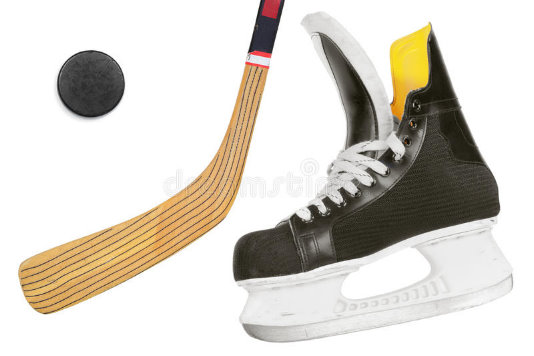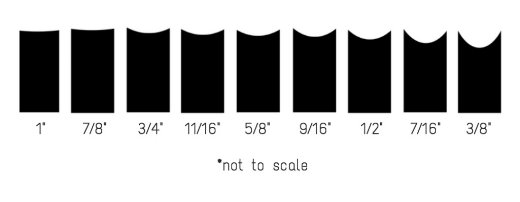How do I know what kind of stick to buy and what is the correct skate sharpening depth or profile for my player(s)?

To some neither are of much concern, but for more advanced players and their parents knowing is a must and it's not as easy as one might think.
We often hear various methodologies to a hockey players madness. Some players base their stick and skate composition by what their coach tells them. Others base their judgement on what their parents used or how they used it when they played hockey in their youth. But what makes sense from a player perspective when it comes to the stick and skate sharpening they use or select?
Stick composition - There are 5 different areas which make up a hockey stick. Length, width, grip, flex, blade curve/lie. Hockey sticks have come a long way, today hockey sticks can be purchased in youth, junior and senior sizes and they ALL DIFFER! Most youth hockey players base their stick interest on the NHL player model stamped on the shaft, more advanced players however make their determination on their own. A general rule of thumb for stick length, the knob, (or butt end) of the stick should be level with or just above the bottom of the chin, (no space between) while the player is in their skates in a full upright position. The stick should be straight up and down parallel with the body with the heel of the blade up and the toe of the blade down. "Flex" is based on body weight. Divide your child's weight in half and that will be your child's optimum flex, give or take a pound or two. FYI, if a stick has to be cut, the flex will change dramatically.
FLEX LENGTH
LENGTH Skate sharpening
Skate sharpening There are two different variations to blade sharpening
- Hollow, (or standard sharpening) - The depth of the hollow normally determines glide or bite, or both. The image below shows the commonly used skate sharpening depths.

* The deeper the hollow determines tighter turning radius and pivoting, not suggested for speed. The shallower or "flatter" the hollow determines glide or speed but not suggested for tight turning or pivots.
- Profiling - Determines the amount of blade which will make contact with the ice, profiles are based on a players comfort zone and is 'NOT' suggested for beginner or average hockey skaters. Watch the video below to get a better understanding of why players choose to use a profile. Testing profiles takes a lot of test runs before a player finds a level of comfort which best suits their skating ability.



